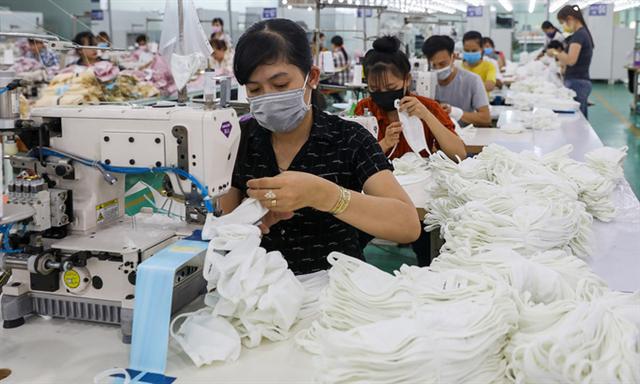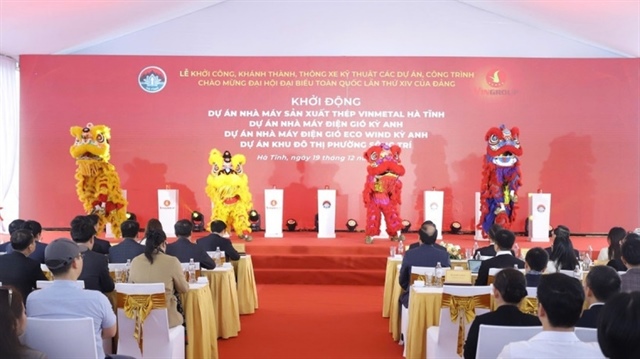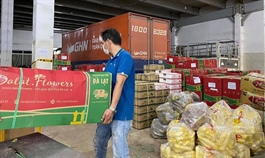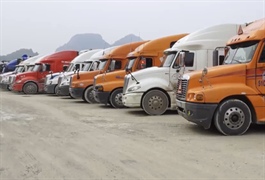Garment exporters caught in turbulence
Garment exporters caught in turbulence
Garment exporters in Vietnam are likely to experience a turbulent in H2 with labor shortages, disrupted supply chains, and surging freight fares, market observers say.
Workers at a garment factory in the southern province of Long An make face masks. Photo by VnExpress/Quynh Tran
|
According to securities firm VnDirect, because of the social distancing rule imposed in several southern localities, many garment and textile have been unable to transport materials and were also facing a shortage of workers.
The Vietnam Textile & Apparel Association said 30-50 percent of garment and textile factories, mostly small- and medium-size enterprises, have had to close down because they could not implement the stay-at-work mode. Eventually, some firms have failed to fulfill orders, to deliver goods on time, or to have contracts canceled. Some of their clients have shifted orders to foreign countries, the association said.
The association predicted that garment and textile producers and exporters would face bigger difficulties in August and hurt their bottom lines.
Association vice chairman Truong Van Cam said if the pandemic was not contained soon, Vietnam could fall short of its annual export turnovers target of $39 billion. The export turnovers may reach only $33-34 billion this year.
Meanwhile, logistics costs, which account for some 9 percent of production costs of Vietnamese garment and textiles, have increased sharply. According to VnDirect, container rentals trebled within the first half of this year.
Even if Covid-19 is controlled late August, garment and textile enterprises will see the number of employees drop by 35-40 percent.
"The labor shortage will become very severe in the coming time," association chairman Vu Duc Giang said.
Many garment and textile firms have made plans to transport materials from the south to the north to prevent supply chains from breaking. But their plans are not very promising because they have to shoulder high transportation fees, Giang said. He said the most feasible solution now was to speed up vaccination among garment and textile workers in industrial parks and industrial complexes.
However, there is still room for Vietnamese garment and textile firms to compete and increase their market share in the U.S. and South Korea, given that major competitors like India and Myanmar are also struggling in their Covid-19 fight, VnDirect said.
Vietnam’s garment and textile posted an export turnover of nearly $23 billion in the first seven months of this year, up over 50 percent year-on-year, surpassing Bangladesh to become the world’s second biggest garment and textile exporter after China, according to the Vietnam Textile & Apparel Association.



























